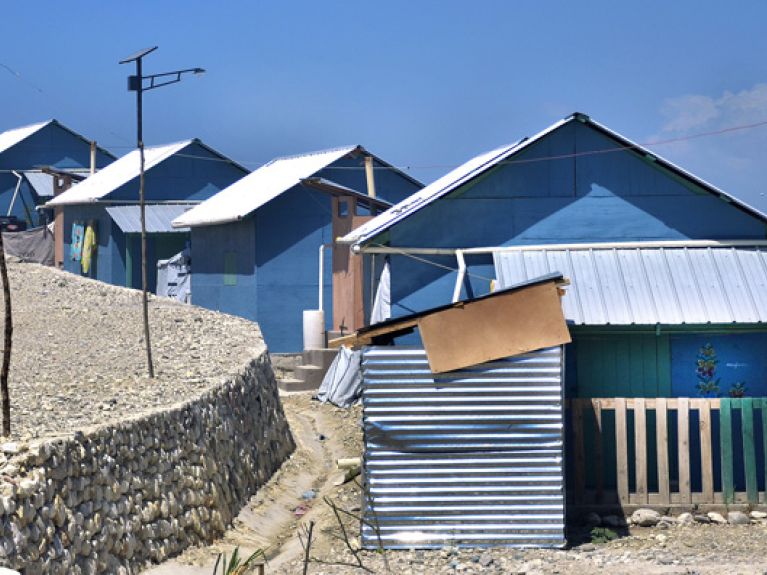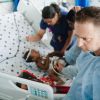How Europe supports people in need
Humanitarian aid saves many human lives. One of the key actors is the EU.

Food aid in the Sahel
The inhabitants of the Sahel, a region that extends from the Atlantic coast in the west to the Red Sea in the east of Africa, have been hit by famine time and time again. Since 2012, the EU has expanded its Sahel aid programme to 337 million euros. It helps people build up their resistance during the bridging phase before the next harvest, provides immediate assistance in acute emergencies and then works towards consolidating the situation, thereby focusing greater attention again on the suffering of those affected by famine.
The EU also helps numerous people suffering from undernourishment and malnutrition in Pakistan and Yemen. Overall, the lion’s share of the EU’s humanitarian budget goes on food aid. The Sahel is also a focus for German humanitarian aid: the Federal Government has made 31.5 million euros available since the end of 2013.
Water and camps for Syrian refugees
Nearly three million Syrians are fleeing from war and violence in their homeland. Refugee agency UNHCR described the situation as the “biggest humanitarian emergency of our era”. The civilian population is in constant danger, as indeed are the employees of international organisations: since March 2011, at least 59 aid workers have died in Syria. The EU is trying to alleviate the suffering: since the outbreak of the crisis, Europe has raised more than 2.8 billion euros for humanitarian aid – half of this total comes from the member states, the rest was contributed by the European Commission.
In the middle of the Jordanian desert, Germany’s Federal Agency for Technical Relief (THW) – which is under the control of the Federal Ministry of the Interior – is also supporting the UN and UNICEF in their efforts to set up a refugee camp. This globally unique German relief organisation, which mainly uses volunteers, set up a water supply system.
Immediate assistance and reconstruction in Haiti
It took just half a minute – and Haiti was devastated. When the Caribbean country was struck by an earthquake on 12 January 2010, more than 220,000 people were killed and buildings simply collapsed. The EU acted swiftly and sent more than 100 million euros for relief measures. As a result, the more than five million people who had been affected were provided with clean drinking water, food, accommodation, showers, hygiene products and blankets, among other things. The German Red Cross was among those German organisations that provided earthquake relief.
The earthquake was followed by a second catastrophe: a cholera epidemic broke out and more than 8,000 people died. The EU made 22 million euros available to treat and contain the disease, and continues to support Haiti with its reconstruction efforts to this day. Having provided a total of 1.2 billion euros, the EU is the biggest donor in Haiti.

